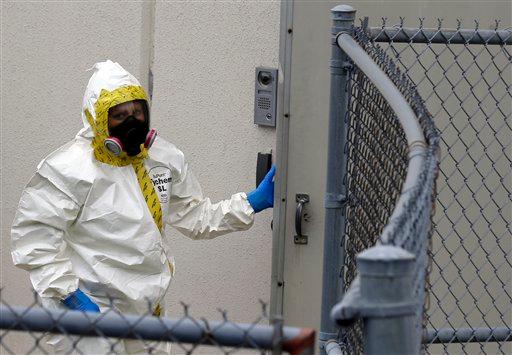A slew of state lawmakers have received suspicious letters containing white powder in recent months, including most recently in states such as Kansas and Tennessee, leading to buildings being evacuated and investigations being launched.
Several Republican leaders in Tennessee received letters containing a white powder substance last month, prompting a temporary lockdown of a legislative office building in Nashville. This followed an incident the week prior in Kansas, where around 100 letters containing a white powder were sent to lawmakers and public officials.





